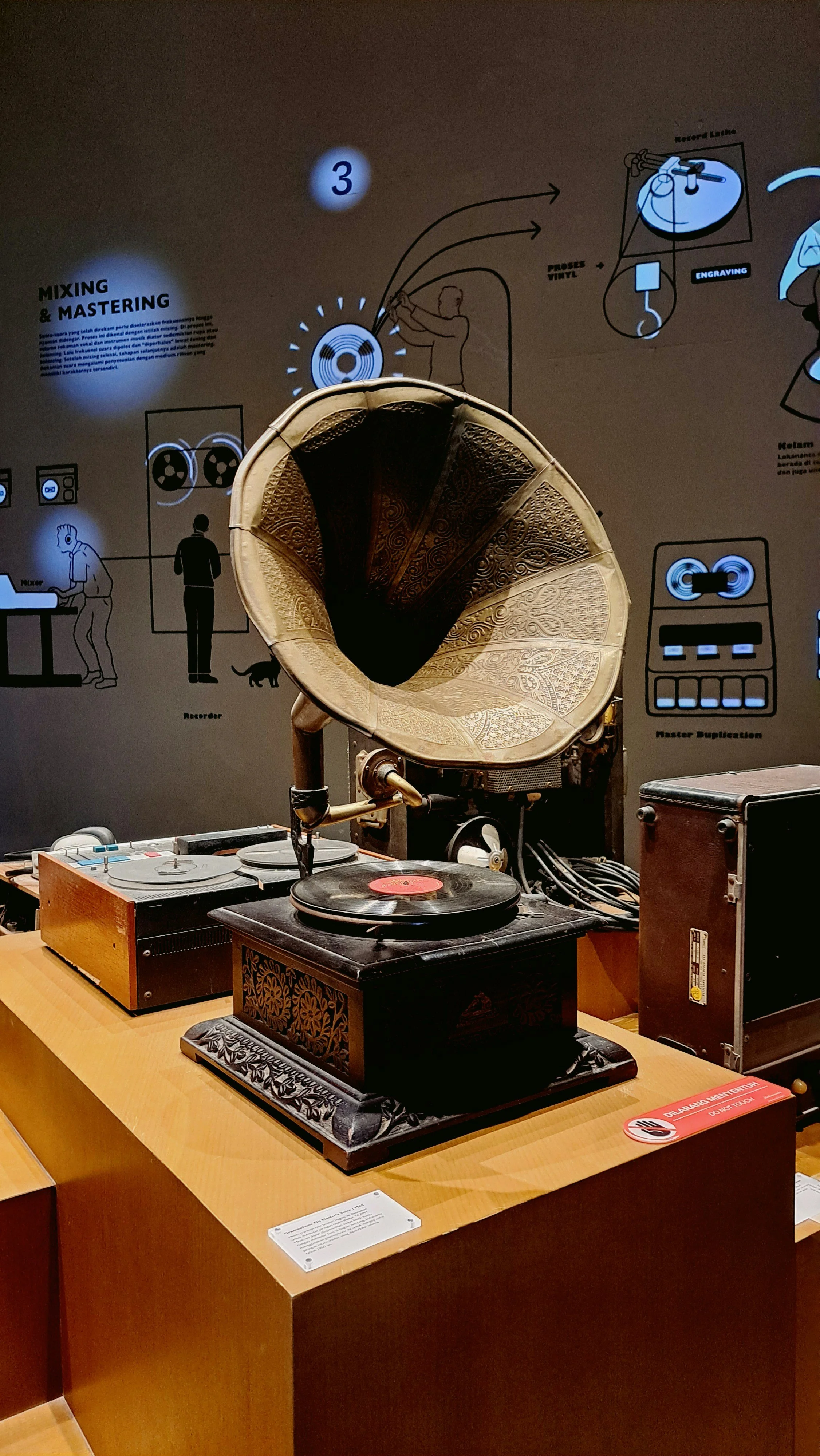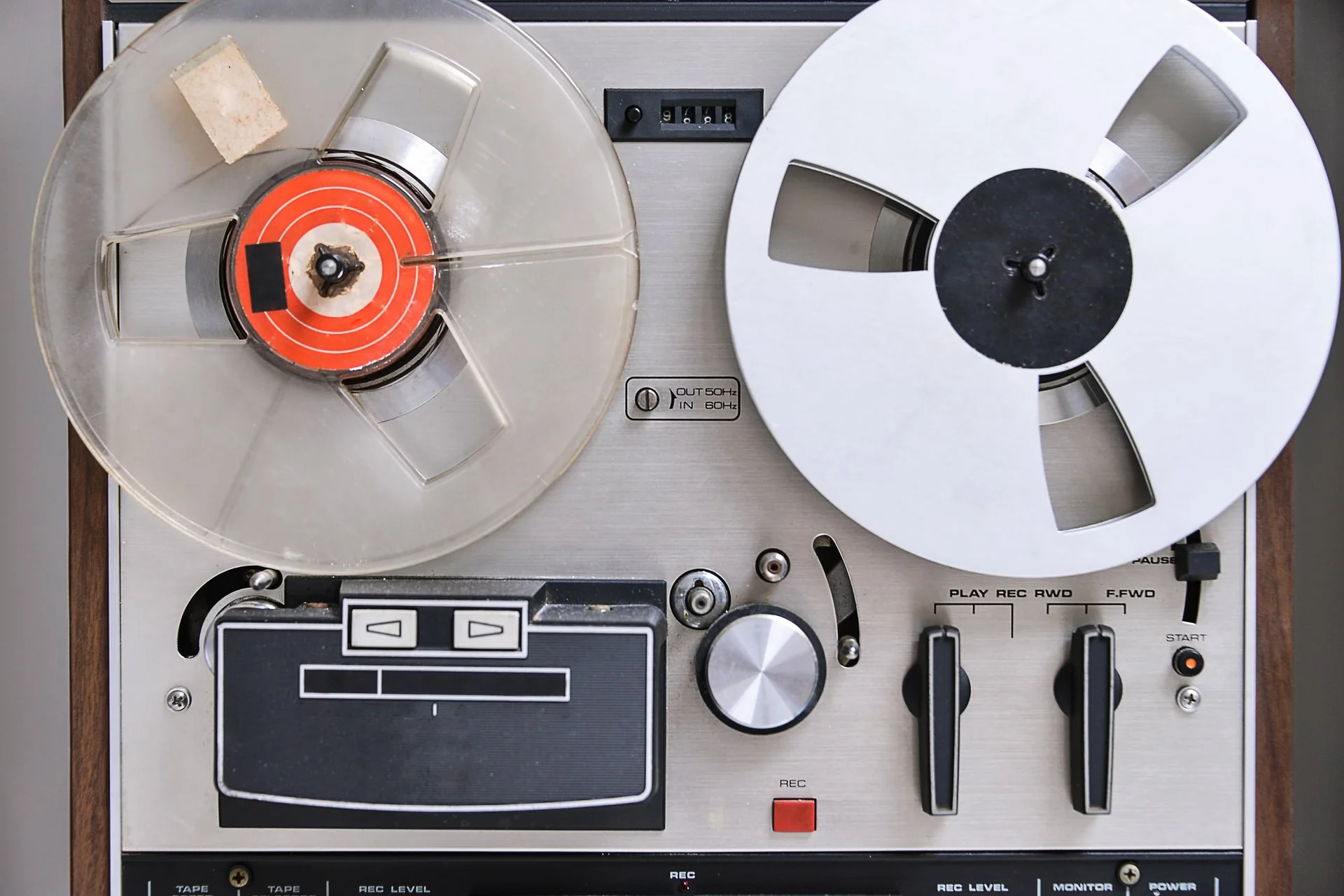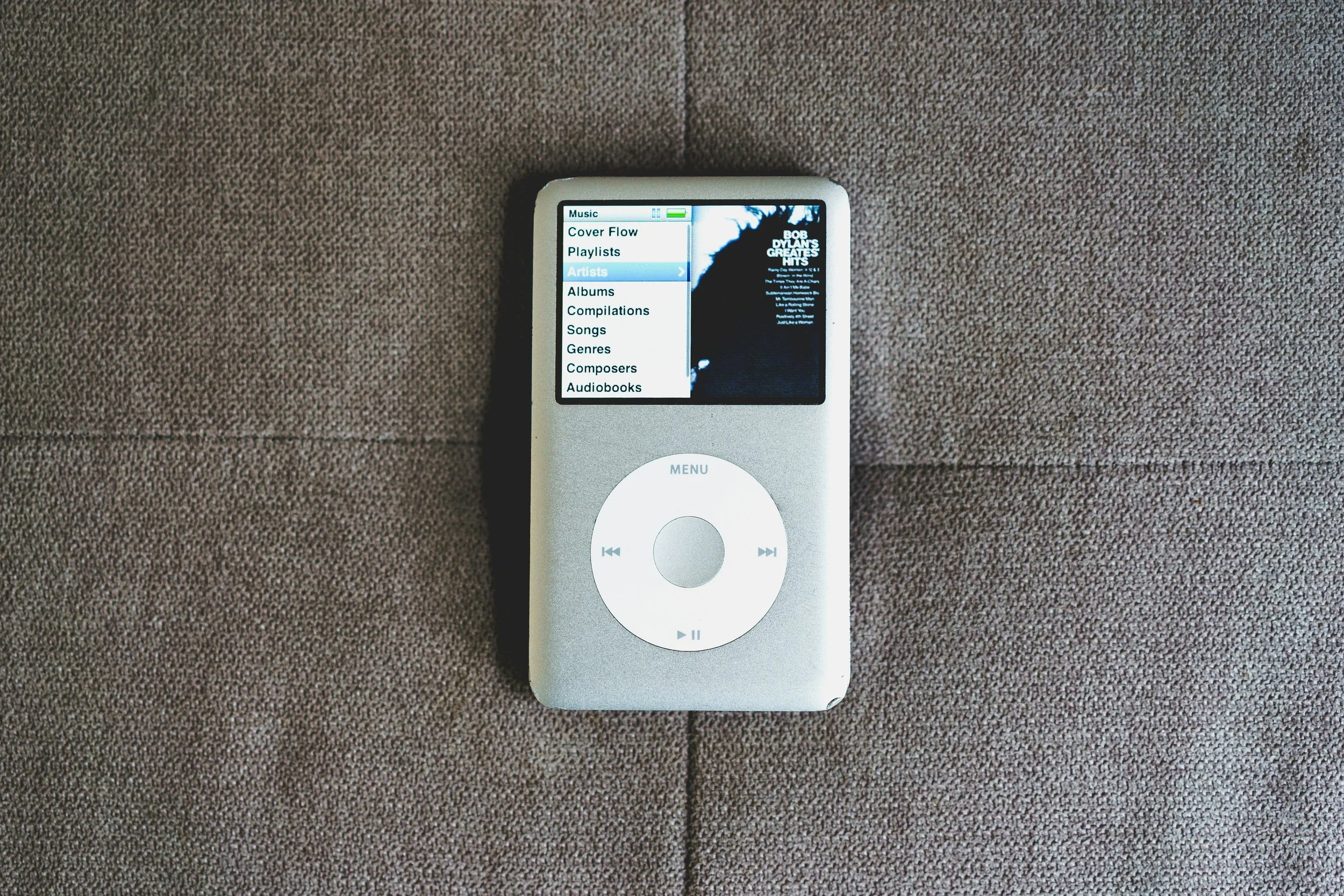The Evolution of Audio
Audio technology has shaped the way we experience the world, from the earliest phonograph cylinders to today’s cutting-edge wireless audio solutions. The journey of recorded sound spans over a century, evolving from analog formats to digital streaming, each innovation bringing us closer to seamless, immersive experiences.
In this guide, we explore the history, impact, and future of audio technology. If you want to know where sound has been—and where it's going—keep reading.
The Evolution of Audio: A Journey Through Sound
Audio technology has shaped the way we experience the world, from the earliest phonograph cylinders to today’s cutting-edge wireless audio solutions. The journey of recorded sound spans over a century, evolving from analog formats to digital streaming, each innovation bringing us closer to seamless, immersive experiences.
In this guide, we explore the history, impact, and future of audio technology. If you want to know where sound has been—and where it's going—keep reading.
The Birth of Sound Recording (1877 – 1930s)
Before sound was digitized, it was mechanically captured and reproduced using physical grooves and mechanical devices. This era laid the foundation for recorded music and the commercialization of audio technology.
1877 – The Phonograph Cylinder (Thomas Edison)
The phonograph cylinder was the first practical sound recording device. Invented by Thomas Edison, it recorded sound onto a grooved wax cylinder, which could be played back using a stylus. While groundbreaking, cylinders were fragile and limited in playback duration—but they proved sound could be captured.
1883 – Music Rolls (Player Piano)
Before phonographs became mainstream, perforated music rolls were used in self-playing pianos. This mechanical form of audio playback didn’t record sound itself but encoded musical notes as punched holes on paper rolls, allowing pianos to “play” music automatically.
1895 – Gramophone Record (Emile Berliner)
The gramophone record replaced Edison’s cylinders with flat, disc-shaped records made from shellac. Emile Berliner’s invention led to the mass production of records, standardizing the 78 RPM format and making recorded music more widely accessible.
1930s – Reel-to-Reel Tape Recording
Magnetic tape revolutionized sound fidelity and recording flexibility. Reel-to-reel recorders captured audio electromagnetically on ferric-coated tape, allowing for better sound reproduction, editing capabilities, and longer recording times than gramophone records.
➡️ Want to learn how modern wireless audio builds on these innovations? Explore our latest technology here.
The Analog Era: Cassettes, 8-Tracks, and the Rise of Personal Audio (1960s – 1980s)
The mid-20th century saw the rise of portable music, home entertainment, and commercialized sound recording. The vinyl record dominated, but new formats offered convenience and mobility.
1963 – The Compact Cassette (Philips)
The compact cassette introduced a small, durable, and rewritable format for recording and playback. Philips revolutionized audio by making cassettes accessible to the public, leading to home recording, mixtapes, and personal audio experiences.
1965 – 8-Track Tape (Car Audio Revolution)
The 8-track cartridge, created by Earl "Madman" Muntz, changed the automotive industry by bringing continuous music playback to cars. Though short-lived, it paved the way for cassettes and later, digital in-car entertainment.
1979 – The Sony Walkman (Personal Music Revolution)
The Sony Walkman TPS-L2, released in 1979, redefined how people experienced music. This battery-powered, portable cassette player allowed users to listen to music on the go, marking a cultural shift toward personalized, mobile sound experiences. Unlike bulky home stereos, the Walkman enabled private listening with lightweight headphones, paving the way for future portable devices like the Discman, iPod, and today’s wireless earbuds.
1982 – The Compact Disc (CD)
The CD (Compact Disc), developed by Sony and Philips, marked the beginning of the digital era. CDs offered crystal-clear sound, durability, and the ability to skip tracks instantly. For the first time, audio was stored as digital data (1s and 0s), allowing for perfect reproduction.
➡️ From cassettes to CDs, portable sound shaped the way we consume music. Learn how our Bluetooth audio solutions continue this tradition of mobility.
The Digital Age: MP3, Streaming & Wireless Audio (1990s – Today)
1993 – MP3 (The Compression Revolution)
The MP3 format changed everything by compressing audio files without significant loss in quality. This made music file-sharing, downloading, and portable digital players possible, leading to Napster, iPods, and the decline of physical media.
1997 – DVD & 2006 – Blu-ray Disc
Though originally developed for video, DVDs and Blu-ray Discs offered high-quality digital soundtracks. Blu-ray, with 50GB storage per disc, allowed for lossless audio formats like DTS-HD Master Audio, perfect for audiophiles.
➡️ Today, streaming has replaced physical media. Explore our high-fidelity wireless solutions designed for next-gen audio.
The Wireless Revolution: Bluetooth, Auracast & The Future of Sound
2000s – The Rise of Wireless Audio
The advent of Bluetooth technology ushered in true wireless audio, freeing us from tangled cables and enabling seamless device pairing. The early 2000s saw the launch of Bluetooth headsets, wireless speakers, and in-car Bluetooth systems, setting the stage for the next evolution in connectivity.
Bluetooth 4.0 (Multipoint Audio)
Bluetooth 4.0 introduced multipoint connectivity, allowing users to connect multiple devices simultaneously. This was a stepping stone toward smarter wireless ecosystems for audio sharing.
Bluetooth 5.2 & BLE (Low Energy Audio)
Bluetooth 5.2 and BLE (Bluetooth Low Energy) enabled devices to stream high-quality sound while consuming less power, enhancing battery life in wireless earbuds, headphones, and smart speakers.
Auracast: The Future of Audio Broadcasting
Auracast (Bluetooth 5.3/5.4) is revolutionizing public and personal audio by allowing one source to broadcast audio to multiple receivers. This is transforming live events, fitness spaces, hospitality, and public venues, replacing outdated hearing loop systems.
➡️ Want to experience the future of sound? Learn more about Auracast’s cutting-edge technology.
The Future of Audio: AI, Spatial Sound & Beyond
AI-Driven Audio Personalization
Artificial Intelligence is shaping the future of sound. AI-driven noise cancellation, real-time voice enhancement, and smart audio processing improve how we experience music, podcasts, and phone calls.
Spatial & 3D Audio
Technologies like Dolby Atmos and Apple’s Spatial Audio create immersive 3D soundscapes, giving listeners a cinematic audio experience from headphones and speakers alike.
Ultra-Low Latency & Lossless Streaming
Next-gen Bluetooth and Wi-Fi 7 audio solutions will reduce latency to near zero, enabling lossless, high-fidelity wireless streaming. This will redefine music listening, gaming, and live audio collaboration.
➡️ As pioneers in cutting-edge audio, we’re building the future. Explore our latest innovations here.
Conclusion: Sound is Evolving—Are You Ready?
From phonograph cylinders to wireless streaming, the evolution of audio reflects humanity’s quest for better, clearer, and more immersive sound.
At atitan, we’re committed to pushing audio innovation forward—from next-gen Bluetooth broadcasting to future-proof wireless solutions for every industry.
Are you ready to step into the next generation of sound?
🎧 Explore our latest audio solutions here.
📢 Subscribe for updates on next-gen wireless audio.
Because when it comes to innovation, the future is noW. 🚀
References
Vox – The Evolution of Audio: Sound Recording & Advertising
https://www.vox.com/ad/23329427/evolution-audio-sound-recording-advertising
Wikipedia – Timeline of Audio Formats
https://en.wikipedia.org/wiki/Timeline_of_audio_formats
Audio Engineering Society (AES) – Historical Timeline of Audio Technology
https://www.aes.org/aeshc/docs/audio.history.timeline.html
Wikipedia – History of Sound Recording
https://en.wikipedia.org/wiki/History_of_sound_recording
Focusonics – The Evolution of Audio Technology
https://www.focusonics.com/evolution-of-audio-technology/
Medium – The Evolution of Audio Technology: A Symphony of Innovation
https://medium.com/@sameedhamdaan/the-evolution-of-audio-technology-a-symphony-of-innovation-bbb6c74523e1
Rolling Stone – 24 Inventions That Changed Music
https://www.rollingstone.com/music/music-lists/24-inventions-that-changed-music-16471/regency-tr-1-transistor-radio-1954-221292/
MasteringBox – Wireless Audio Technology: The Future of Sound
https://www.masteringbox.com/learn/wireless-audio-technology
Bluetooth.com – Auracast: The Future of Wireless Audio
https://www.bluetooth.com/auracast/how-it-works/
Nordic Semiconductor – Bluetooth Low Energy & Audio Innovation
https://www.nordicsemi.com/Products/Wireless/Bluetooth-Low-Energy









